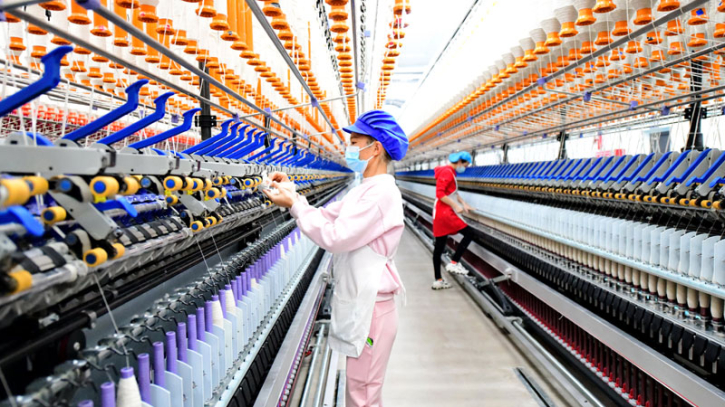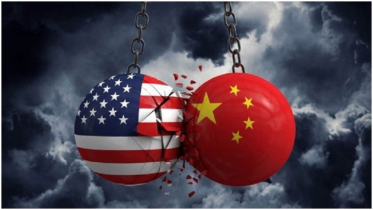China's factory activity grows for second straight month

Chinese factory activity grew for a second consecutive month in April, data showed Tuesday, providing some much-needed good news for officials as they battle to kickstart the world's second largest economy in the face of weak domestic demand and a battered property sector.
The purchasing managers' index (PMI) -- a key measure of factory output -- came in at 50.4, the National Bureau of Statistics (NBS) said -- slightly higher than the 50 level that separates expansion and contraction.
While it was down from March, the figure beat Bloomberg analysts' forecast of 50.3 and marked a continuation of growth after a five-month slump starting in late 2023.
Beijing has struggled to spur an economic rebound since emerging from stringent Covid control measures in late 2022.
China continues to fight a crisis in its debt-ridden property market, with home prices sliding in recent months, while retail sales have been hit by poor domestic demand.
A global slowdown, meanwhile, is weakening demand for the country's products overseas.
"The manufacturing sector continues to be in a state of recovery and development," the NBS said in a statement.
Beijing announced in early March its goal of achieving five percent annual growth in 2024, a target considered ambitious by many economists.
Authorities have in recent months announced a series of targeted measures and the issuance of sovereign bonds to boost infrastructure spending and revive economic activity -- with mixed results.
China's non-manufacturing PMI, which measures activity in the services sector, came in at 51.2 in April, down from 53.0 in March and below forecasts, the NBS data showed.
The country notched economic growth of 5.2% in 2023, according to an official figure that many economists consider to be an overestimate, despite already representing the lowest expansion since the 1990s apart from the pandemic years.
.png)




